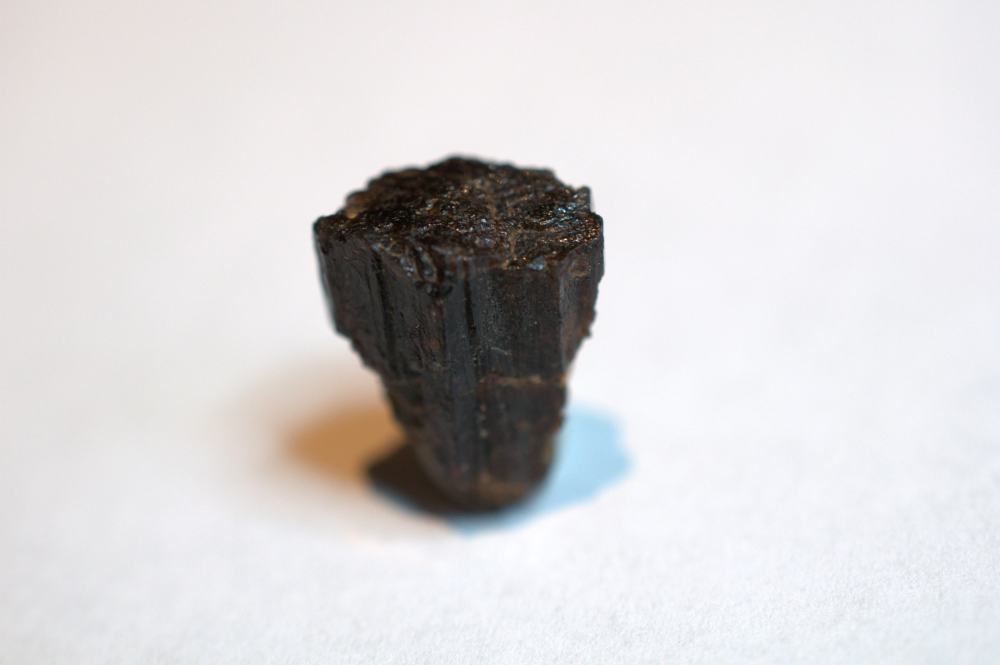The world’s rarest gemstone is made of kyawthuite, a transparent reddish-orange mineral that’s known from just one sample housed at the Natural History Museum of Los Angeles County. It was retrieved near Mogok, Myanmar, and recognized in 2015 by the International Mineralogical Association (IMA), whose goal it is to standardize the nomenclature of the 5,000+ known mineral species.
After the mineral sample was retrieved from the Chaung-gyi valley, it was cut into a 1.61-carat gemstone for study (you can see a photo of it here). Investigations revealed that it likely formed deep underground in a type of rock known a pegmatite, and that it has an asymmetrical structure with a Mohs hardness of 5.5.
Hardness and toughness are two different things when it comes to gemstones, with the former being about scratch capacity while the latter is about resisting breaking. A lot of people think diamonds are the toughest stone out there, but a beautiful green rock has it beat as the world’s toughest natural mineral – unfortunately sourcing the stone can be deadly.
The minerals these coveted gemstones are made out of are the result of Earth’s unending activity. Nothing reminds us that we’re living our lives on top of puzzle pieces riding a magma soup quite like the fact that Africa is splitting in two, and it’s the same tearing and colliding, heating and cooling that cooks up the rare gems we humans consider treasure.
It’s surprising, then, to have just one sample of a mineral. It seems unlikely that the precise conditions needed to make it could occur in just one place, and even if they did, a single sample might at least get broken into a few pieces. So, why is kyawthuite so rare?
The chemical formula of kyawthuite is Bi3+Sb5+O4, with traces of tantalum. Both bismuth and antimony (and yes, Sb is the chemical symbol for antimony because why make things easy) are rare metals, but not extraordinarily so.
There’s more bismuth in the Earth’s crust than gold, while antimony is more abundant than silver. Oxygen is the crust’s most abundant element, so kyawthuite’s rarity comes down to how it was formed, rather than the scarcity of its ingredients.
Behold the world’s second rarest gemstone, painite.
Myanmar, where it hails from, is something of a breeding ground for rare minerals, also the home of that toughy jadeite we mentioned earlier, and the world’s second rarest mineral, painite. The rare borate mineral is only known from a handful of samples that have a rich ruby color, and was first discovered by British mineralogist Arthur Pain.
The glittering world of gemstones is riddled with issues surrounding ethics and sustainability, but as technology marches on we’re discovering safer, greener ways to make gemstones all on our own. Just look at the first-ever ruby to be grown in-situ in a platinum ring from a “ruby seed”.
Source Link: What Is The Rarest Gemstone?
